¡Viva Esparza!
Celebrating our rich heritage and enduring spirit — from the Old World to the New — we honor centuries of family, faith, and history.
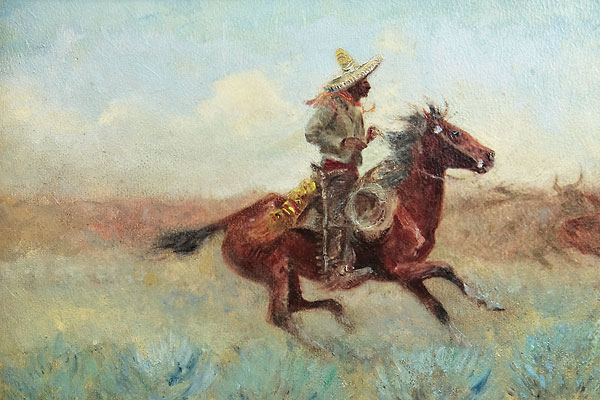
Our Legacy
Our family carries centuries of history — from our deep roots in the northern Basque kingdoms of Spain to our enduring presence in New Spain. The Esparza Foundation is dedicated to preserving this heritage, celebrating our family’s enduring spirit, and passing it forward to future generations.
1500s
Our Basque families of northern Spain, were leaders, ranchers, fishermen, and shipbuilders — building the ships and manning the crews that voyaged Columbus, Cortés, and others conquistadors across the Atlantic to the Newfoundland.
1600s
The Esparza’s hold noble lordship in Pamplona, Spain – Where The Bulls Run – they are leaders, ranchers, and Christ followers. Our conquistador relatives are voyaging to New Spain to leading expeditions to claim new land for the King of Spain.
1700s
The Esparza families — along with our relatives Oñate, Sánchez-Garza, Navarro, García, Salazar, Trevino, Villarreal, Balli, and others — expanded northward through New Spain, claiming and settling new lands. Together they became ranchers, militia leaders, and frontier settlers.
1800s
Our families are the foundation of northern New Spain (today Mexico, New Mexico and Texas). As political, military, ranching, and Church leaders they are inspired by the American Revolution and Independence – fighting for their own independence from Spain.
1900s
The Texas Revolution and annexation as USA’s 28th state lead to a land rush by Anglo Americans; taking most of the families ranches. Our people retreating to Mexico and South Texas in fear of their lives. The final lands are fought for and held onto until 1915.
2000s
The original families of New Spain are scattered but continue to live in north Mexico and Texas. They hold tightly to their loved ones, deep heritage, and most importantly their faith. Many are teachers, social workers, church leaders, and entrepreneurs.
Our People
Our story is carried in the lives of those who came before us. From the Basque valleys of Spain to the northern frontiers of New Spain, our ancestors were leaders, settlers, ranchers, soldiers, and builders of communities. This section honors their journeys and preserves their legacies — ensuring that their history, faith, and enduring spirit continue to inspire future generations.
Lope Ruiz de Esparza Sr. (~1516 – 1597)
- Lineage: Descendant of the Ruiz family of Esparza, tied to the palacios (ancestral noble houses) of Esparza and Zariquiegui, which conferred noble status in Basque, Navarre, Spain
- Nobility Lawsuit: In 1535, successfully litigated his pleito de hidalguía (nobility suit) before the court in Pamplona, securing recognition of his family’s lordship over the palaces of Esparza and Zariquiegui
- Marriage: Married Ana Díaz de Eguino, from another prominent Basque, Navarrese noble family with ties to the Eguino valley and the Subiza lineage
- Family: Father of several children, including Lope Ruiz de Esparza Jr. (1569–1651), who emigrated to New Spain in 1593 and became the founder of the Ruiz de Esparza line in Mexico
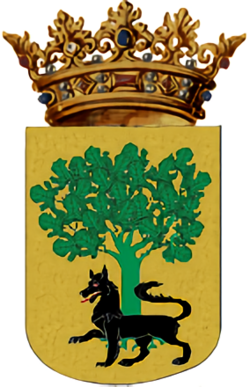
Cristóbal de Oñate (1504–1567)
- Father: Juan Pérez de Oñate, a Basque Noble House of Oñate
- Mother: Osaña González (aka Ana de Salcedo, but most records note “Osaña González”)
- Origins: Born in Oñate (Oñati), Gipuzkoa, Spain in 1504. The Noble House of Oñate is one of the oldest and most powerful Basque lineages, tracing back to the medieval ages
- Migration: Traveled to New Spain in the 1520s as one of the original Basque conquistadores of the new world
- Conquests & Settlements: In the 1530s, joined Nuño de Guzmán’s conquest of Nueva Galicia and co-founded Guadalajara, later its capital.
- Mines of Zacatecas: Partnered with Juan de Tolosa (another Basque) and Diego de Ibarra. Oñate was instrumental in developing the silver mines of Zacatecas (1546), which became one of the greatest sources of wealth for Spain
- Marriage: Wed Doña Catalina de Salazar y de la Cadena, from a prominent settler family
- Family: Fathered 7 children (possibly 8), who intermarried with families such as: Tolosa, Cortés–Moctezuma, Zaldívar, Ibarra, Treviño, Romo de Vivar
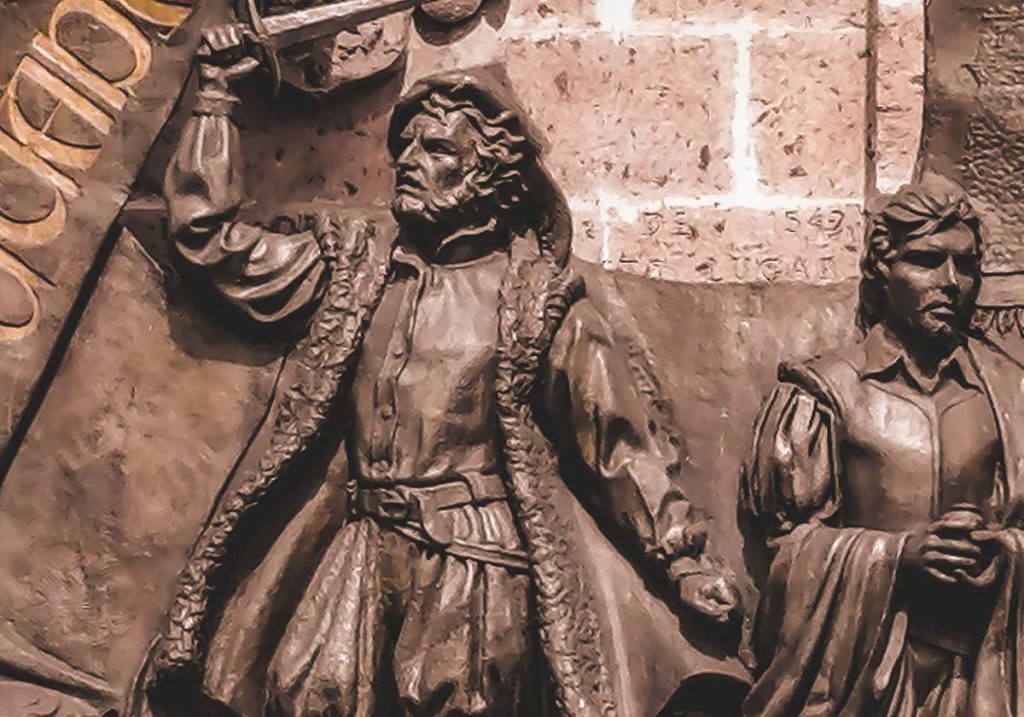
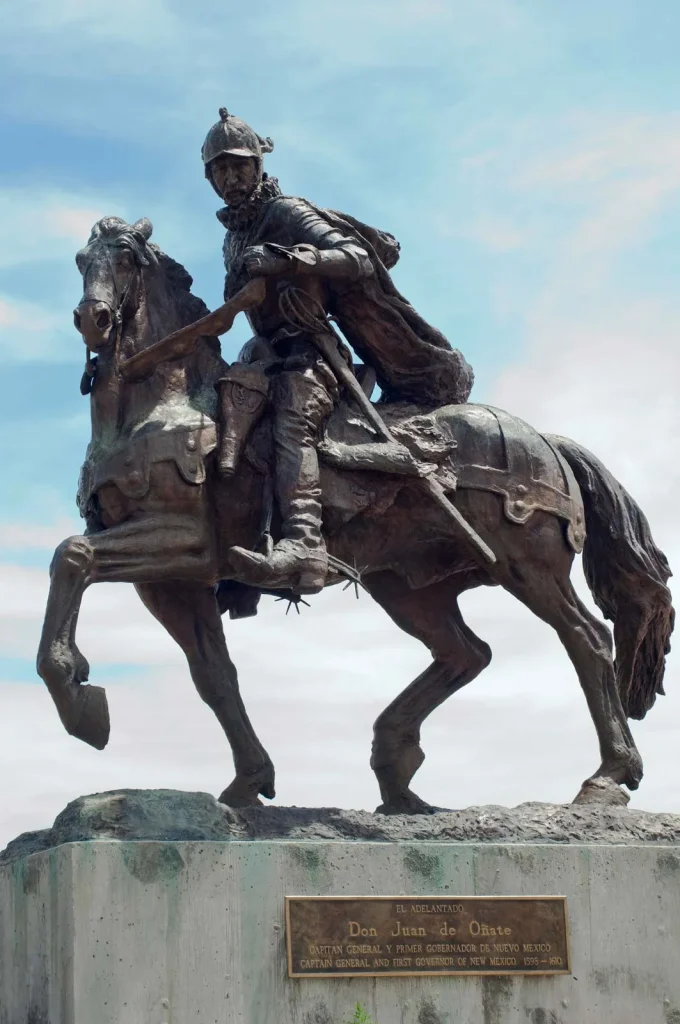
Juan de Oñate y Salazar (1550–1626)
- Father: Cristóbal de Oñate
- Mother: Catalina de Salazar y de la Cadena
- Origins: Born in Zacatecas, New Spain; son of Cristóbal de Oñate (a Basque conquistador and mining magnate, co-founder of Guadalajara) and Catalina de Salazar y de la Cadena.
- Marriage: Wed Isabel de Tolosa Cortés de Moctezuma, granddaughter of Hernán Cortés and great-granddaughter of Emperor Moctezuma II.
- Expedition: In 1598, led the colonizing expedition north into present-day New Mexico, establishing the first permanent Spanish settlement at San Juan de los Caballeros.
- Governance: Served as the first governor of New Mexico (1598–1607).
Lope Ruiz de Esparza Jr (1569–1651)
- Father: Lope Ruiz de Esparza Sr
- Mother: Ana Díaz de Eguino
- Origins: Born in Pamplona, Navarre; descended from noble houses of Esparza and Zariquiegui.
- Migration: Arrived in New Spain on February 8, 1593, listed as passenger no. 2,633 in the Catálogo de Pasajeros a Indias.
- Marriage: Wed Ana Francisca de Gabadi Navarro y Moctezuma in 1594. Ana is the great-great-granddaughter of Emperor Moctezuma II.
- Settlement: Established in Nueva Galicia (Aguascalientes), becoming one of the earliest prominent settlers.
- Family: Fathered at least 11 children, who intermarried with families such as Tiscareño, Romo de Vivar, and De la Torre.
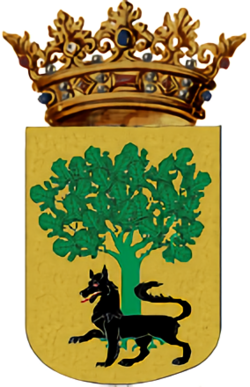

Juan de Oñate y Salazar (1550–1626)
- Father: Cristóbal de Oñate
- Mother: Catalina de Salazar y de la Cadena
- Origins: Born in Zacatecas, New Spain; son of Cristóbal de Oñate (a Basque conquistador and mining magnate, co-founder of Guadalajara) and Catalina de Salazar y de la Cadena.
- Marriage: Wed Isabel de Tolosa Cortés de Moctezuma, granddaughter of Hernán Cortés and great-granddaughter of Emperor Moctezuma II.
- Expedition: In 1598, led the colonizing expedition north into present-day New Mexico, establishing the first permanent Spanish settlement at San Juan de los Caballeros.
- Governance: Served as the first governor of New Mexico (1598–1607).
Tomás Tadeo Sánchez de Barrera y de la Garza-Falcón (1709–1796)
- Father: Captain Francisco Sánchez de la Barrera
- Mother: Doña María Josefa de la Garza-Falcón
- Origins: A Spanish settler from Nuevo León, descended from the Sánchez de la Barrera and Garza-Falcón families — powerful landowning lineages with roots in Basque and Castilian settlers of the 16th–17th centuries
- Founding of Laredo: In 1755, he established the city of Laredo, Texas, on the north bank of the Río Grande, creating one of the earliest permanent settlements along the frontier between New Spain and what would become Texas
- Marriage: Tomás married María Josefa de la Garza (a cousin within the extended Garza clan), strengthening ties between two of the most powerful ranching dynasties of the northern frontier
- Family: Raised 10 children who intermarried with other elite families like the Treviños, Vela, and Uribarris, creating a tightly knit frontier aristocracy
- Family Ties: The Sánchez and Garza-Falcón families were deeply entrenched in ranching, politics, and military service, helping to secure Spain’s northern frontier
- Legacy: Tomás’s descendants became influential ranching and political families in northern Mexico and South Texas, where the Sánchez and Garza names remain prominent in the region’s history

““Remember the days of long ago; think about the generations past. Ask your father, and he will inform you. Inquire of your elders, and they will tell you.”
Deuteronomy 32:7
Watch, Read, Listen
Join 900+ subscribers
Stay in the loop with everything you need to know.
